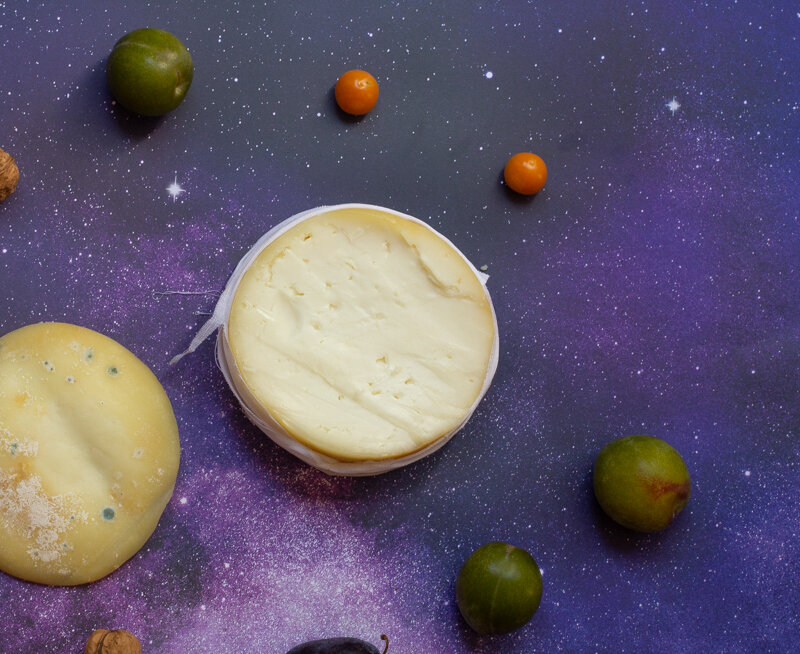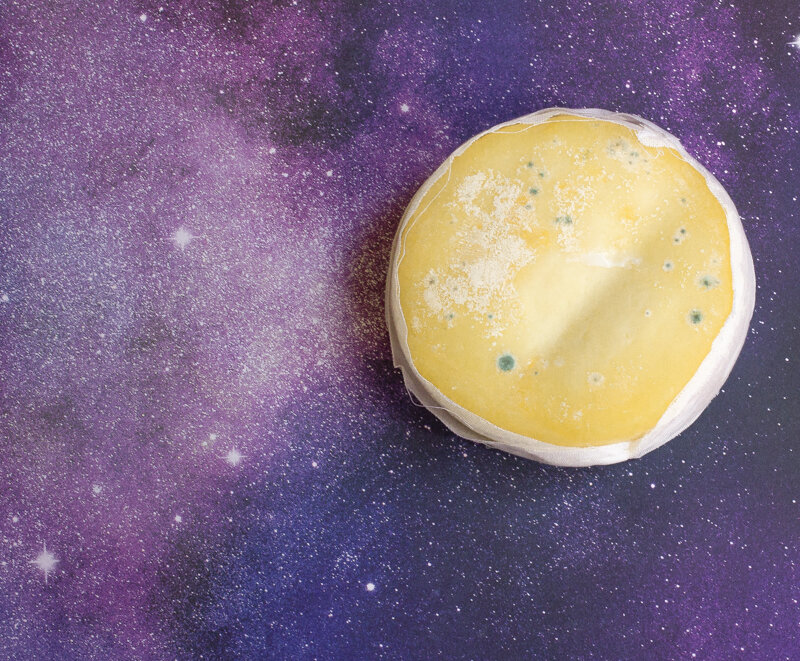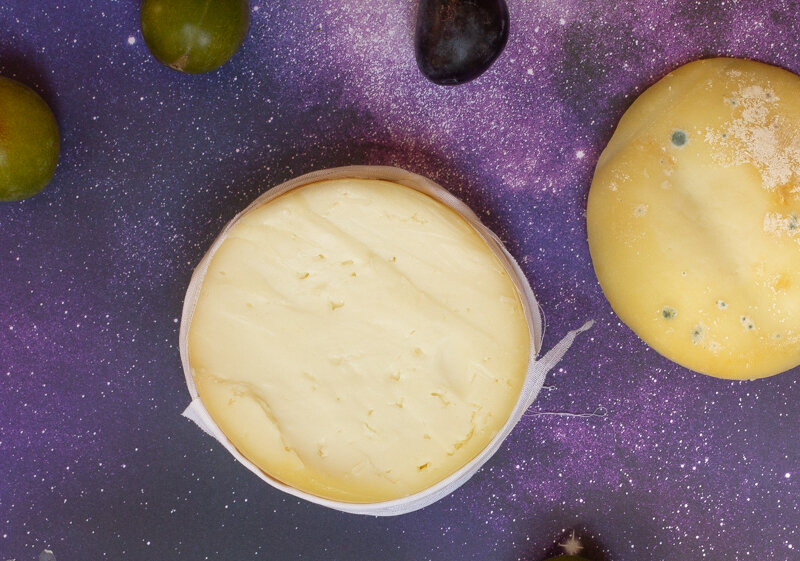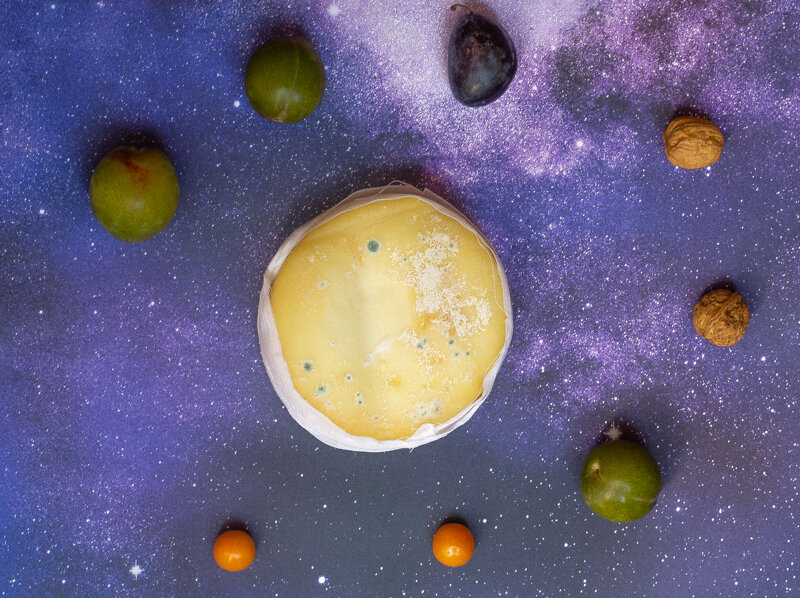When Flowers Make Cheese! Thistle Rennet making it ooze.
Ovelha Amanteigado is one of the world’s (or solar system’s) best thistle rennet cheeses
Thistle rennet: Vegetarian, floral, oozy, and rare.
What makes thistle rennet so special? Everything.
Cheesemaking normally goes like this.
Start with warm milk.
Add cultures to ferment milk/turn lactose to lactic acid.
Add rennet enzyme to bind proteins and form curd.
Cut or ladle curd to leech whey from curd.
Stir, cook, and/or drain curds.
Do something with the curds! Mold, press, age, stretch, ....
Age your age-worthy cheeses or eat the fresh ones.
Nearly all cheese is made using the same steps and ingredients (milk, cultures, rennet, salt). What makes each vary in taste are texture are either technological tweaks, like when cheesemakers ladle curds into forms rather than cutting and stirring them, or the types of ingredients used, like cultures. I love this! Just one tiny little difference can make an entirely different cheese- like using thistle rennet instead of traditional animal rennet.
Rennet is an enzyme that denatures (negatively charged) proteins so they can bind to each other. When properly snuggled, the proteins trap the butterfat (yes!!!!), water, minerals, and lactose to make curd.




All rennet has its own style, is harvested through different means, and affects milk differently, so cheesemakers might favor one over another. Vegetarian makers might not like animal rennet. People against GMOs might not like the rennet that’s a DNA replica of animal rennet. Cheesemakers who age their cheese over a month might avoid mocour rennet because it can turn bitter with age. And people who chose thistle rennent?
They choose it either because either: 1) they live in the Iberian Peninsula and make cheese in Spain or Portugal where the practice is traditional, or, 2) because it is just so cool.
Why is thistle rennet cool & how and you taste it? Read below.
Thistle rennet is cool because it makes your cheese taste like like sweet, buttered brioche. Cheeses made with thistle rennet generally start off floral and yeasty then deepen to a cardoon, vegetal flavor over time.
As thistle rennet ages a cheese it breaks down the proteins so the wheel becomes soft and gooey. A super ripe thistle rennet cheese can be eaten with a spoon and oozes (pro-tip: because it softens a wheel over time you wouldn’t chose thistle rennet for a harder cheese like cheddar).
You can make handmade thistle rennet by making a sort of tea from the petals (cardoon, too) and pouring it into your milk just like you would normal rennet! Making rennet by hand is super cool. I know because I did it at Sleight Farms with the wonderful Mary Holbrook. One of my coolest cheesemaking experiences ever.
The thistle flower has bright purple flower petals and is gorgeous. It’s fun to use something this beautiful in cheesemaking.
Thistle rennet is ancient. Used traditionally in the Iberian Peninsula, it is slowly making its way west.
Intrigued? Try one of the classic cheeses made with thistle. One of my favorites is Ovelha Amanteigado, imported by Forever Cheese and pictured above. Made with raw sheep’s milk, Ovelha tastes like just-baked sourdough bread, is rich, buttery, a little tangy and floral. Two more I love are Amanteigado and Torta del Casar. Eat with a loaf of crusty bread, a spoon, honey, or a Cava rosé.



